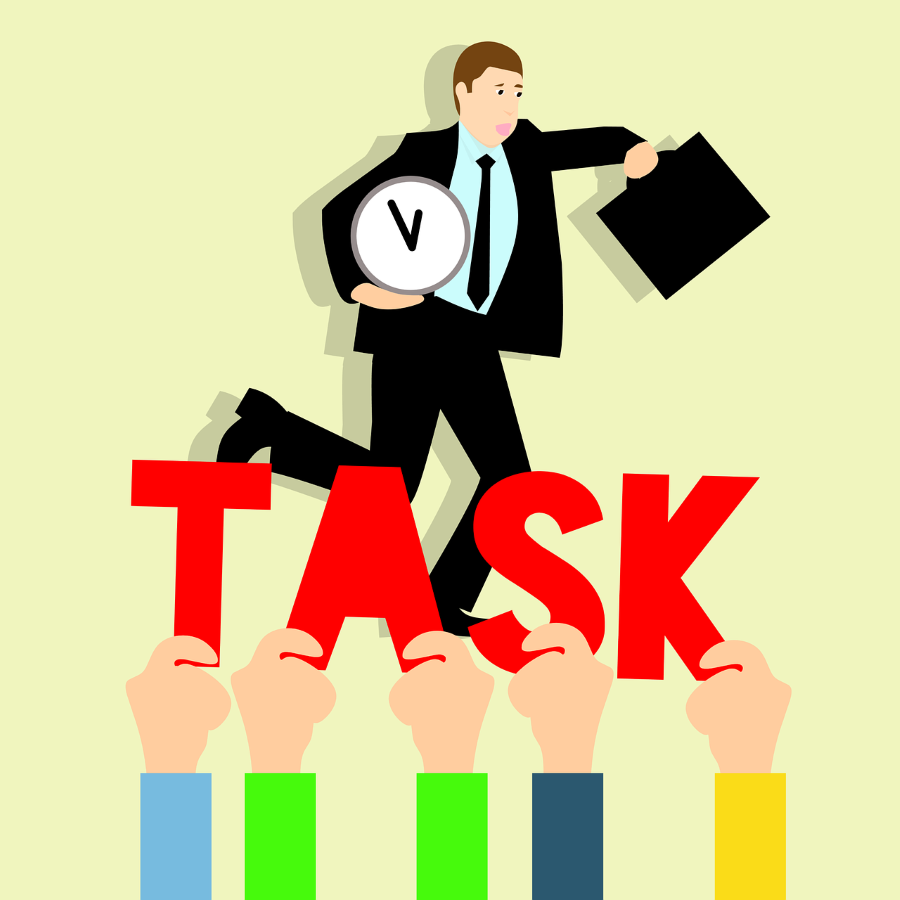To expedite projects, executives, managers, and supervisors sometimes give safety procedures and protocols the lowest priority. Some even go as far as disregarding them completely. Why?
Generally, it has to do with a concern for profits. Many leaders are concerned about profits first and everything else second. But this approach will prove to be a mistake down the line. While it may seem to help for a bit, putting safety and health below other considerations is no good for the bottom line.
The Infrastructure Analogy
To understand why this is, we need to look at safety in the workplace as maintaining a country's infrastructure. This infrastructure represents the fundamental systems and facilities serving that country. It's generally comprised of public—and, sometimes, private—physical improvements such as roads, bridges, tunnels, railroads, sewers, water supply, power plants, electrical grids, and telecommunications.
In a safety-and-health setting, the infrastructure is composed of a company’s vehicles, equipment, warehouses, workspaces, etc. A business (for-profit or non-profit) cannot function without these things, similarly to how a country's economy will not thrive without a well-established infrastructure.
But it's not enough to only have the infrastructure for a country's economy to run smoothly. That infrastructure also needs to be maintained. The problem, however, is that the benefits of this maintenance may not be immediately visible. Many lawmakers avoid these investments because the public will not be aware of its effects and will not give them credit for it. It's only when a car-packed bridge collapses or a river dam bursts that the importance of infrastructure maintenance becomes apparent.
The same thing happens with safety in the workplace. Business leaders are more interested in expediting projects and immediately apparent monetary benefits than prioritizing safety in the workplace (maintenance.) In both scenarios, infrastructure and safety are seen as a given, and only after severe damage is done, will they be given any attention.
Streamlining Safety
To counteract this problem, The Checker Software is an ideal option. It is designed to optimize inspections and audits for safety and profitability.
The software can be easily customized to fit every organization's needs. The system sends out personal reminders, notifications, and alerts, red-flagging any issues and ensuring that nothing slips between the cracks.
Once audits or inspections are completed, the software automatically compiles reports of the results, sending them to designated recipients (maintenance, management, safety personnel, customers, etc.) And thanks to the system's analytics, these recipients can analyze data, spot developing trends, gain business insights, and maintain a historical record of all inspection and audit activity.
As a cloud-based software, this powerful tool can be used on any mobile device or computer with an internet connection, streamlining the safety procedures even further.
Image by Mohamed Hassan.




